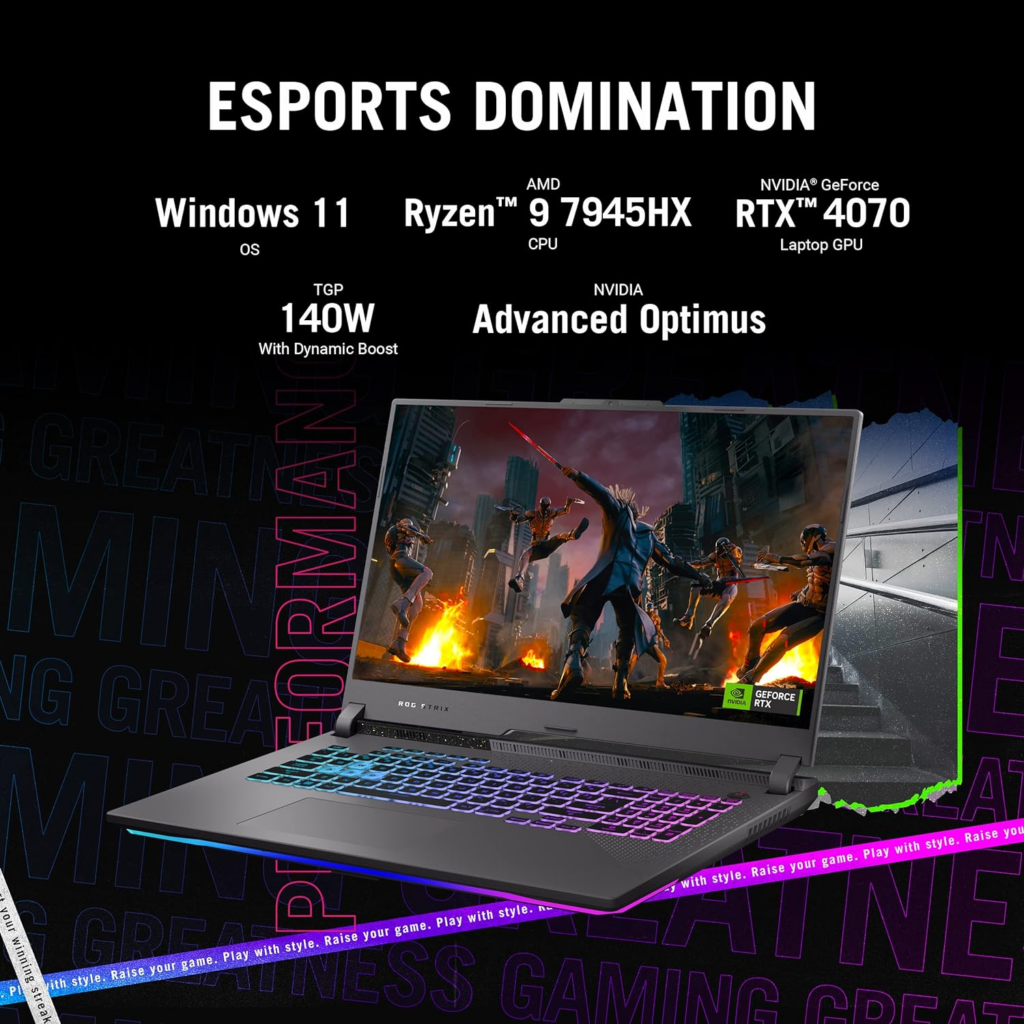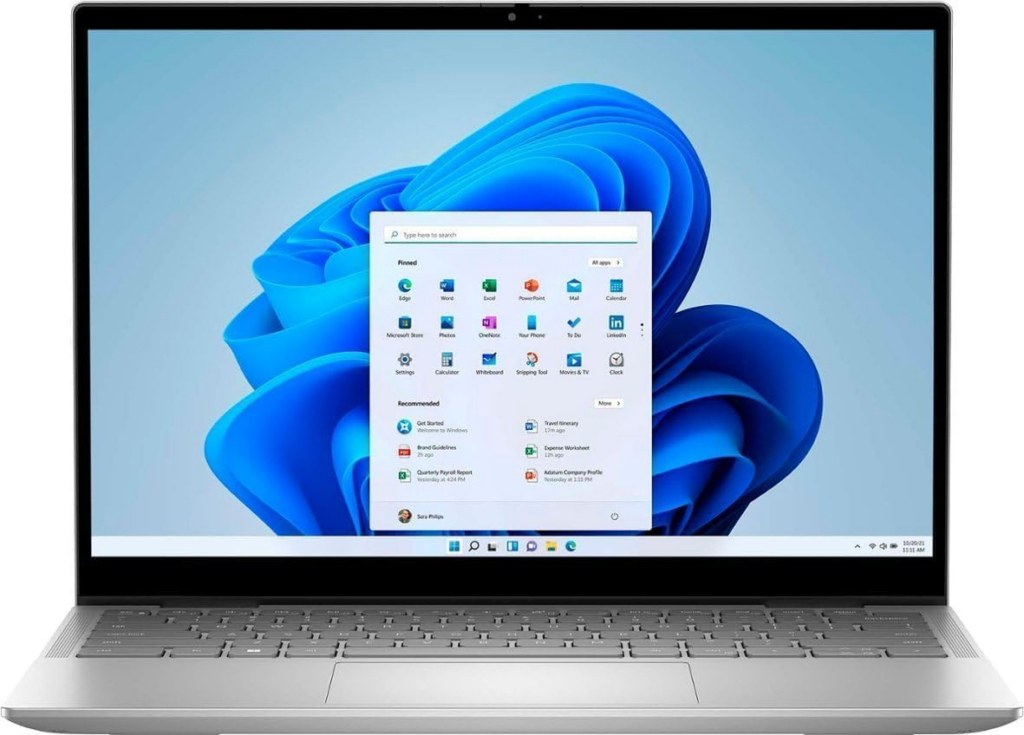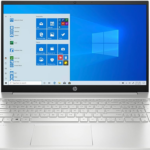Discover the best laptops for data analysts with essential settings for seamless data analysis.
Do you want to know what the best laptops for data analysis are? If so, this post is for you. In this post, I will discuss the essential settings for data analysis laptops as well as the best data analysis laptops. So, spend a few minutes reading this post to choose the finest data analysis laptop for you.

Let us begin with the necessary settings for data analysis laptops. You must deal with data, analysis, and interpretation in data analysis. As a result, the requirements for data analysis laptops are as follows:
Considerations When Purchasing a Laptop for Data Analysis:
Choosing the finest laptop for data analysis necessitates careful evaluation of a plethora of important criteria. Here are some of the most important factors to consider when selecting a laptop for data analysis:
Processor
A strong CPU guarantees quick and smooth performance, which is critical when dealing with sophisticated data processing and modelling jobs. Upgrading to newer CPUs can improve power efficiency, computing power, hardware compatibility, and thermal management dramatically.
Take, for example, AMD’s 5000 Series and Intel’s 11th-generation CPUs, both of which are now commercially accessible.
RAM
Any data analysis laptop should have at least 8 GB of RAM. However, if you can afford it, I recommend having at least 16 GB of RAM. Because RAM is essential when dealing with a huge dataset. However, if you believe that a 16 GB RAM laptop is too expensive for you, you may go with 8 GB RAM, but not less than 8 GB.
Storage
When looking for data analytics laptops, storage is a key consideration. However, if you work in a corporation where everything is housed on remote servers, storage isn’t as vital to you. However, whether you conduct your own business or work locally, storage becomes the most critical necessity for a laptop.
As a result, I propose opting with an SSD (Solid State Drive). SSD is more costly, but it is significantly quicker. SSDs are memory-based hard drives as opposed to disk-based hard drives. These are substantially quicker, especially when reading and writing data from disc.
However, if you believe that SSD is too pricey for you, you may opt with HDD. HDD is significantly less expensive than SSD. However, I personally favor SSD.
If you opt with an HDD, I recommend 1 TB of storage space, and if you go with an SSD, I recommend at least 256 GB of storage space.
Graphics
For high-performance data analysis applications such as deep learning and machine learning, a specialized graphics card is required. We recommend getting a laptop with an NVIDIA GPU or AMD Radeon if you want to utilize it for deep learning projects. GPUs with GTX 1650 or above are recommended.
Display
For data visualization and analysis, a high-resolution monitor is essential. Choose a laptop 15-inch or bigger with a high resolution, such as 19201080 or above.
Battery life
Long work hours are required in data analysis, and a laptop with a decent battery life may assure uninterrupted productivity. Choose a laptop with a battery life of at least 8 hours.
Best Laptops for Data Analysis in 2023
Razer Blade Pro 17
The Intel Core i7-9750H processor powers the Razer Blade Pro 17. If you’re into deep learning and sentiment analysis, this laptop sports an NVidia GeForce RTX 3060 GPU and 6 gigabytes of usable VRAM.
Aside from that, it has a fast 1 TB SSD storage device with dual-channel upgradeability.
| Processor | Intel Core i7-11800H 8-Core |
| RAM | 16GB DDR4-2933MHz (8GB x 2) |
| Graphics | NVIDIA GeForce RTX 3060 |
| Display | 17.3″ QHD 165Hz |
| Storage | 1TB PCIe NVMe |
This laptop has a 17.3-inch display, which is ideal for data analysts. Most people work with extra screen space, however this laptop features a 17.3-inch 1080p display that is the greatest alternative for the extra screen.

This laptop also has a face unlock, an IR sensor, and Windows Hello compatibility.
MSI GS65
The MSI GS65 is the ideal laptop for data analysis, and its specs are comparable to those of data analysis laptops. This laptop comes with 32 GB of RAM and an Intel Core i7-9750H processor.

This laptop is specifically intended for deep learning and machine learning, and it has Cooler Boost Trinity, which increases airflow and pressure for improved cooling performance.
| Processor | Intel Core i7-9750h 2.6 – 4.5GHz |
| RAM | 32GB (16G*2) DDR4 2666MHz 2 Sockets; Max Memory 64GB |
| Graphics | NVIDIA GeForce RTX2080 Max-Q 8G GDDR6 |
| Display | 15.6″ FHD, Anti-Glare Wide View Angle 240Hz 8ms 1920×1080 16: 9 |
| Storage | 512GB NVMe SSD |
This laptop has a glass touchpad with a large surface area that looks great. There are two GPU options available: the RTX 2070 and the GTX 1070.
ASUS ROG Strix G17
One option for your data analysis assignment is the ASUS ROG Strix G17 laptop.

Originally developed for gaming, this laptop packs a punch owing to its processing power. As a result, doing extensive data analysis for your data science activities is preferred.
| Processor | AMD Ryzen 9 7945HX |
| RAM | 16GB DDR5 |
| Graphics | GeForce RTX 4070 |
| Display | 17.3” QHD 240Hz |
| Storage | 1TB PCIe SSD |
When looking for a laptop for data analysis job as a data analyst, it’s critical to seek for a device with enough of processing power.
Apple MacBook Pro
If you’re a data analyst, you should look for CPUs with many cores, which the new MacBook Pro has six of.

This MacBook Pro’s 512 GB SSD is lightning fast and provides more than enough storage capacity for data scientists and analysts.
| Processor | 2.6GHz 6-core Intel Core i7, Turbo Boost up to 4.5GHz, with 12MB shared L3 cache |
| RAM | 16GB RAM |
| Graphics | AMD Radeon Pro 5300M with 4GB of GDDR6 memory and automatic graphics switching, Intel UHD Graphics 630 |
| Display | 16.0-inch (diagonal) LED-backlit display with IPS technology; 3072×1920 native resolution at 226 pixels per inch with support for millions of colors |
| Storage | 512 GB SSD |
The AMD Radeon Pro 5300M GPU in this MacBook consumes 4 gigabytes of onboard VRAM. In terms of display, Apple’s 16-inch screen with a resolution of 30721920 takes the lead.
Lenovo Legion 5 Gen 6
Lenovo’s new Gen 6 series, which contains the AMD RyzenTM 5 5600H Processor (upgradeable to the 5800H version), ensures exceptional processing capability.
| Processor | 13th Gen Intel Core i7-13700HX |
| RAM | 16GB RAM |
| Graphics | GeForce RTX 4060 |
| Display | 2560 x 1600 W/HDMI |
| Storage | 512GB PCIe SSD |

Because of its large SSD storage capacity, this laptop is an excellent choice for storing large datasets. This is one of the finest laptops for data scientists, with some of the most sought-after specifications.
HP ZBOOK FURY G9
The ZBook Fury G9 is so powerful that you’ll forget you’re holding a laptop. The Fury is capable of handling any data science process because to its desktop-class CPU, large quantity of RAM, and super high-end GPU.

The ZBook Fury G9 can handle anything from data engineers ingesting, cleaning, and preparing massive batch or streaming data sets to data scientists building an ML model.
| Processor | Intel Core i9 12th Gen i9-12950HX Dodeca-core (12 Core) 2.30 GHz |
| RAM | 32 GB |
| Graphics | NVIDIA Intel RTX A4000 UHD Graphics |
| Display | 16″ Mobile Workstation – WUXGA – 1920 x 1200 |
| Storage | 1 TB SSD |
Acer Predator Helios 300
Because the Acer Predator Helios 300 has a serious setup, it need sufficient cooling to keep its processor power and overall high specifications. Acer has introduced 3D cooling fan blades, which is a surprise innovation.

They minimize noise and increase cooling regardless of how intensive the operations are.
With a 11th generation Intel Core i7 CPU, a GeForce GTX 3060 graphics card, and 16 GB of RAM, you’ll have enough of storage capacity. The dedicated graphics card contains 16 GB of dedicated RAM for graphics processing and can even be overclocked for much improved performance.
| Processor | Intel i7-11800H |
| RAM | 16GB DDR4 |
| Graphics | NVIDIA GeForce RTX 3060 GPU |
| Display | 15.6″ FHD 144Hz 3ms IPS Display |
| Storage | 512 GB SSD |
We were astonished to see a very good battery life given the high processing power and components that demand a lot of computational power. However, the battery may last up to 3 hours, which may not seem like much by today’s standards – but is incredible for a lightweight laptop for data science of this type.
Microsoft Surface Pro 7
Because of its three modes of operation, you will enjoy using this small and lightweight laptop wherever you travel and wherever you work.

You may use it as a laptop in regular mode, as a studio in studio mode (excellent for data science presentations), or as a tablet in tablet mode (detach the keyboard cover for improved access).
Because of its tiny and slender form, data scientists frequently mistake this laptop for a tablet. If you work on the move, you’ll like the portability of the Surface Pro 6.
| Processor | Intel Core i7-10510U CPU |
| RAM | 16 GB of RAM |
| Graphics | Intel Iris Plus |
| Display | 2.3″ Surface Pro 7 2-in-1 Touchscreen Tablet |
| Storage | 256 GB SSD |
The design, however, remains strong and resistant to shock and drops, and it has an Intel Core i7-10510U CPU, 16 GB of RAM, 256 GB SSD storage, and an Intel Iris Plus graphics card.
Additional attachments must be purchased separately, although Microsoft offers customizable accessories from which to pick. They contain the keyboard/cover, a pen, or a mouse – and yes, they are well worth the extra money.
Dell XPS 15
If you need a laptop that can manage both technical and academic demands, this is the laptop for you. This laptop has an Intel Core i7-9750 CPU, thus there is no slowness issue. Aside from that, this laptop sports a strong NVidia GeForce GTX 1650 GPU with 4 gigabytes of VRAM support.

You receive Windows 10 as an operating system. This laptop features 16 gigabytes of RAM, which allows it to quickly conduct sophisticated statistical computations. The 15.6-inch screen is adequate. This laptop weighs under 4 pounds and includes USB 3.0, Thunderbolt, and other useful connectors for enhanced functionality.
| Processor | Intel Core i7-9750 CPU |
| RAM | 16 GB |
| Graphics | NVidia GeForce GTX 1650 GPU |
| Display | Full HD Plus – 1920 x 1200 |
| Storage | 512 GB SSD |
Dell also includes a quick fingerprint scanner and great Wireless compatibility to increase data analysts’ security and connectivity. This laptop features a long-lasting battery that may last up to 14 hours.
In a word, the Dell XPS 15 7590 is ideal for data analysts that want speedier performance and superior display quality.
Conclusion
As data and analytics have advanced, data science today need a laptop that performs well in terms of CPU power, speed, battery capacity, and other factors. As a consequence, the best laptops for data science described above provide remarkable quality and power.
I hope you found the finest laptop for data analysis from these 7 finest Laptops for Data Analysis. I’ve included all of the computers that fulfill the bare minimum for data analysis. Please let me know if you know of any additional laptops that are ideal for data analysis in the comments area.











